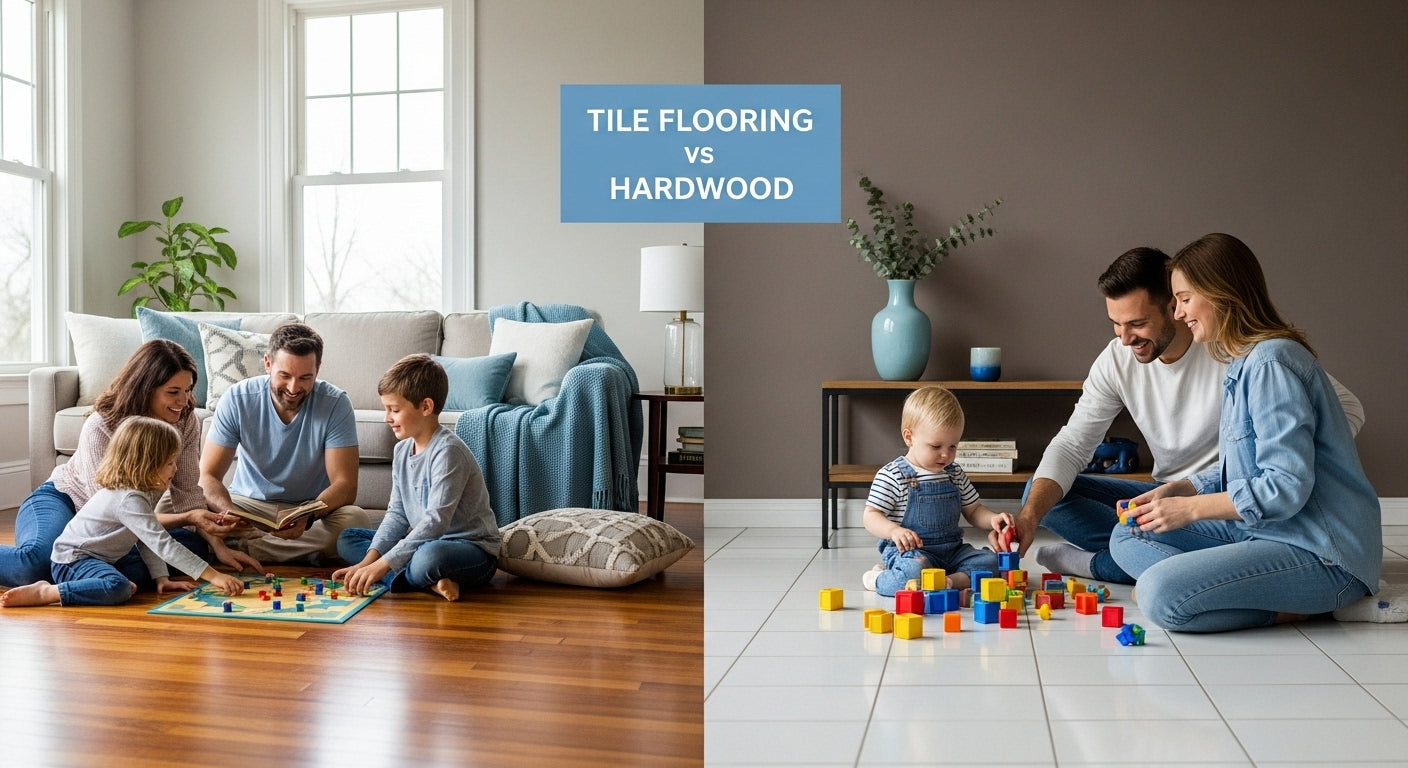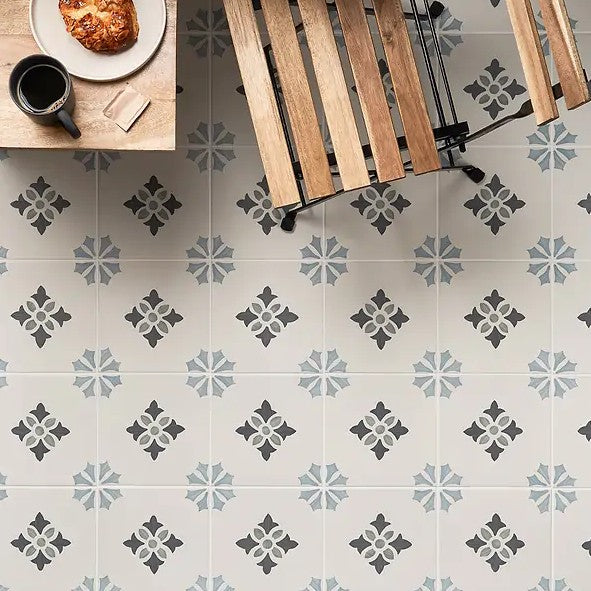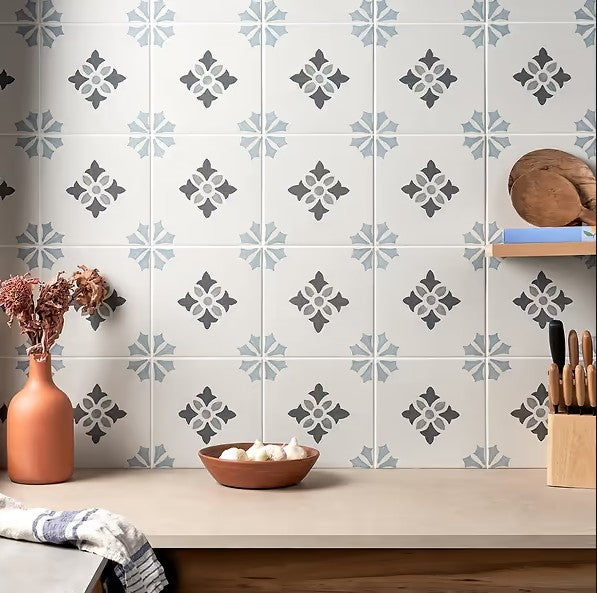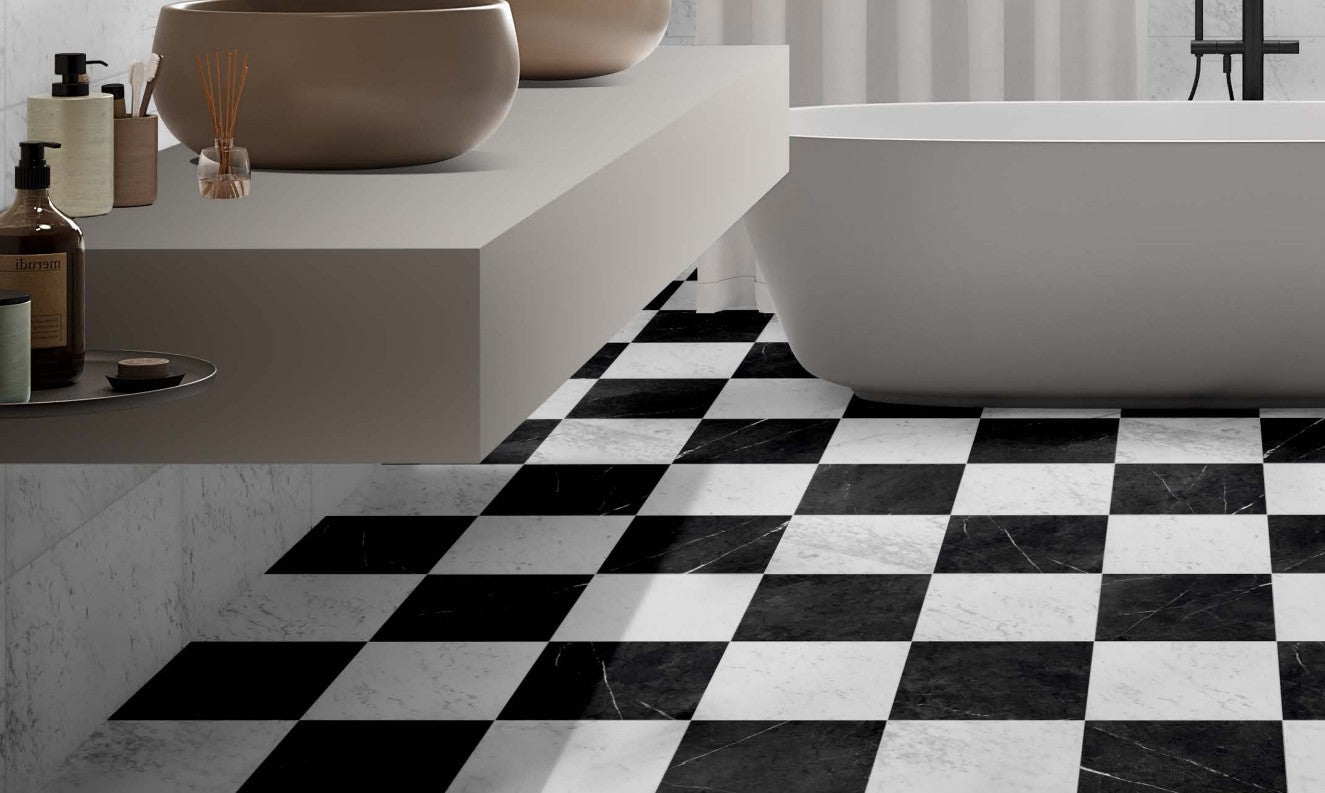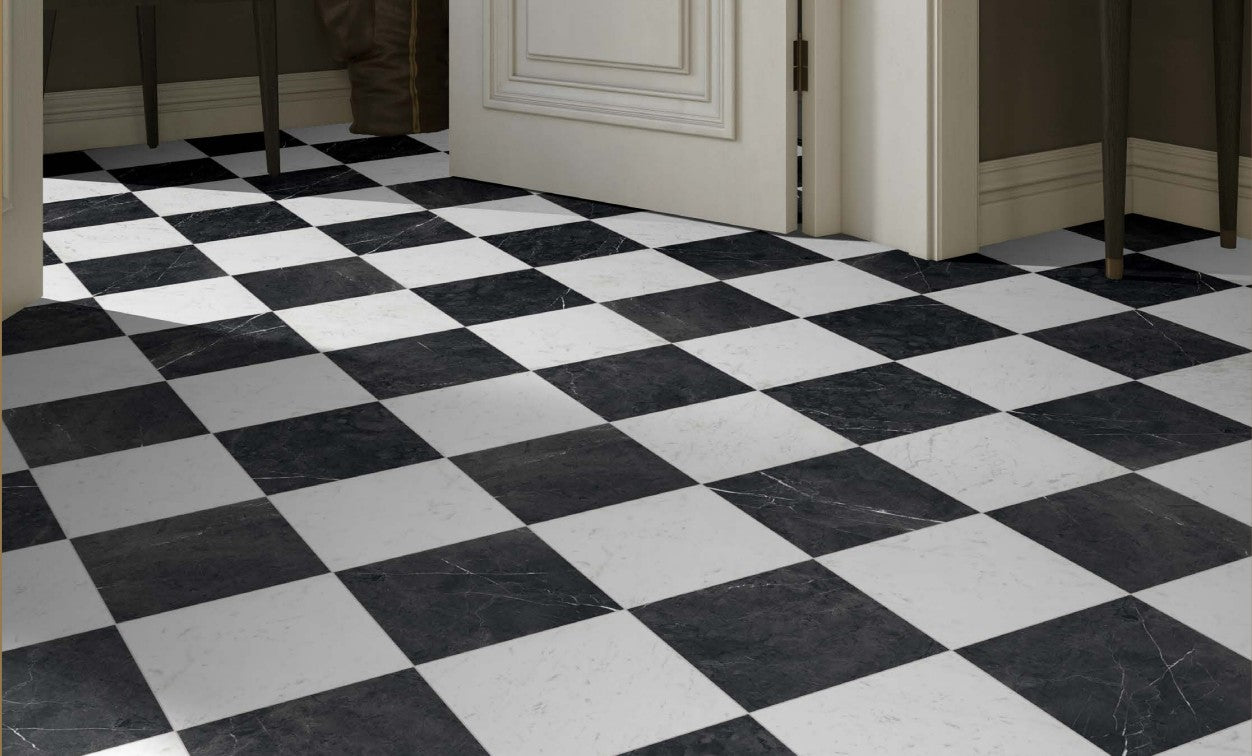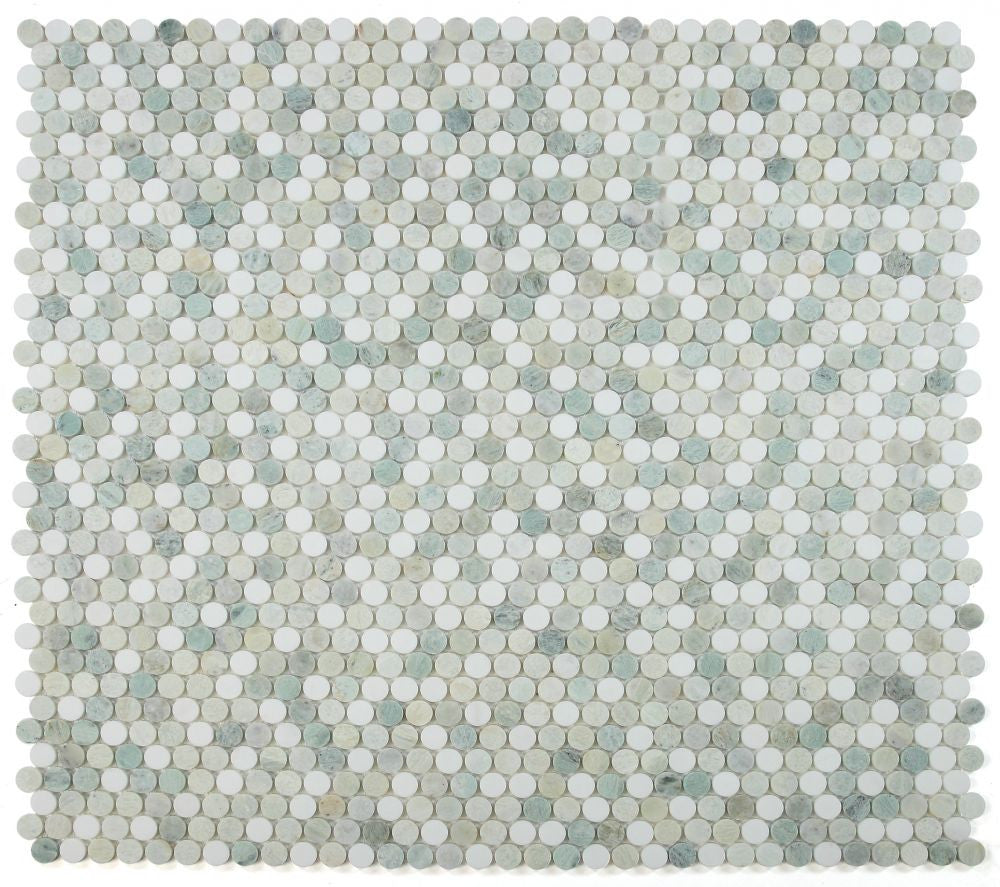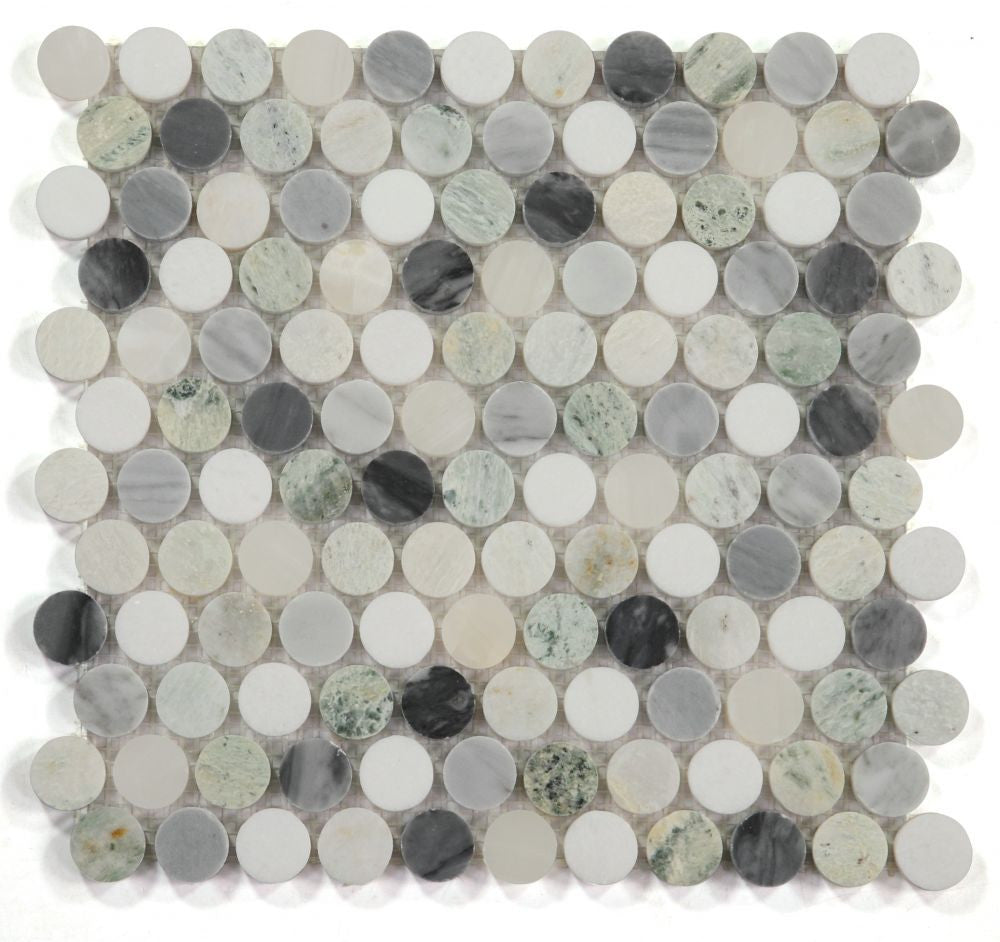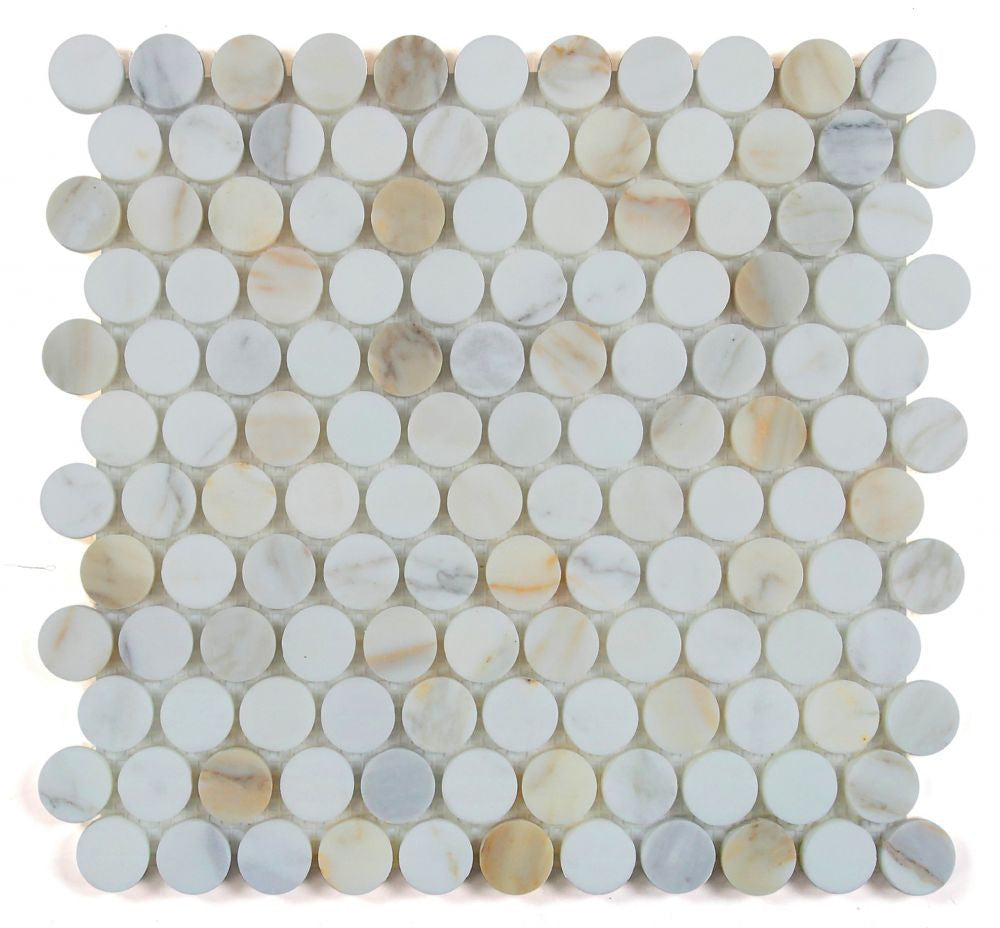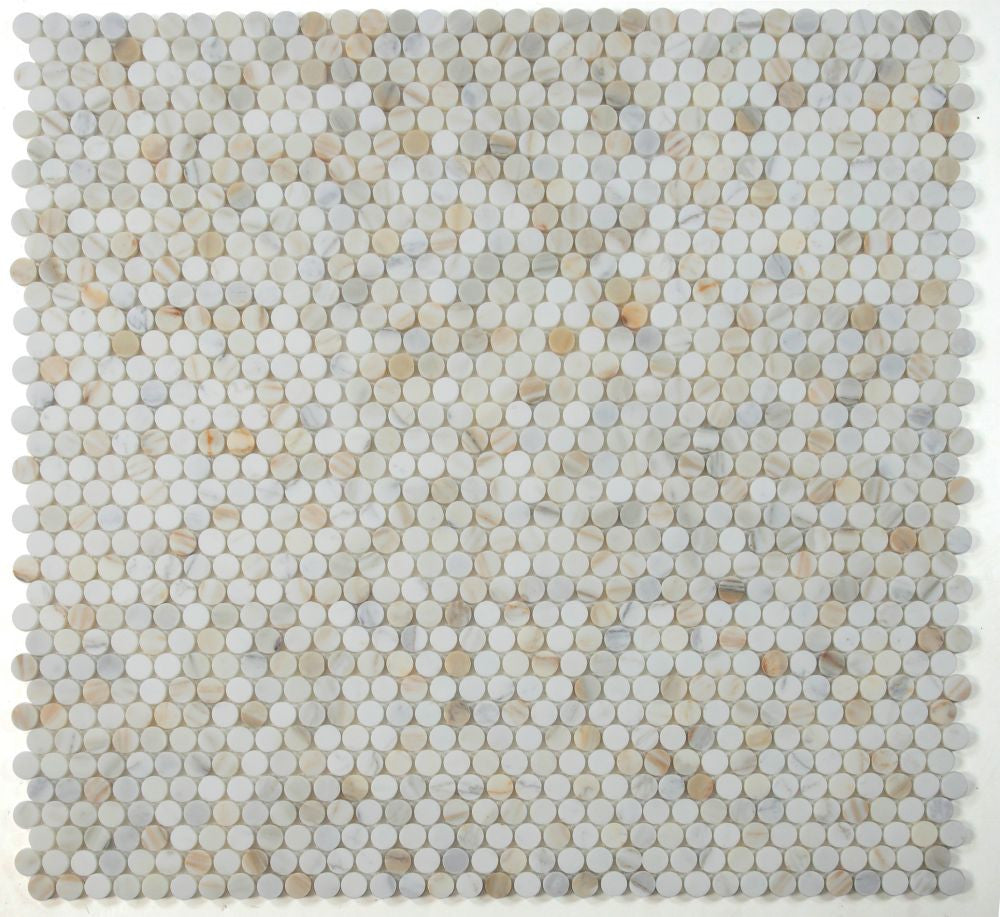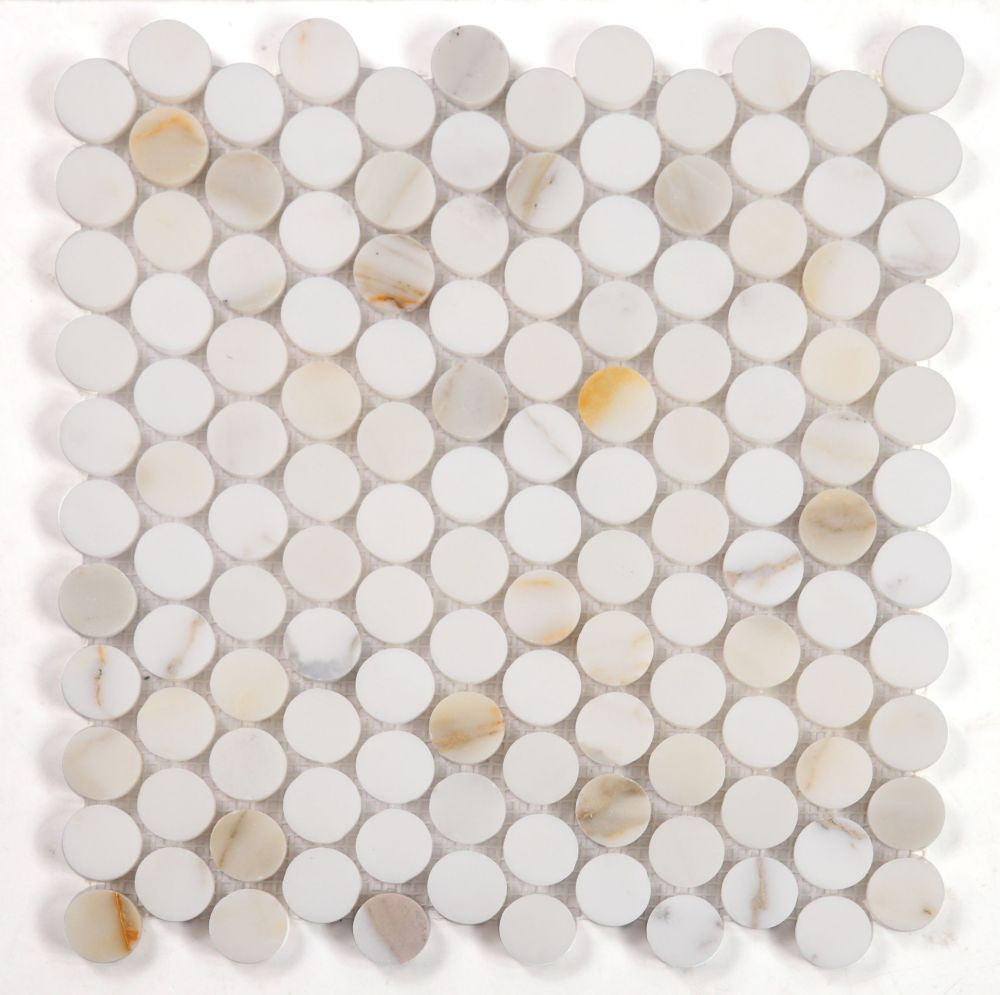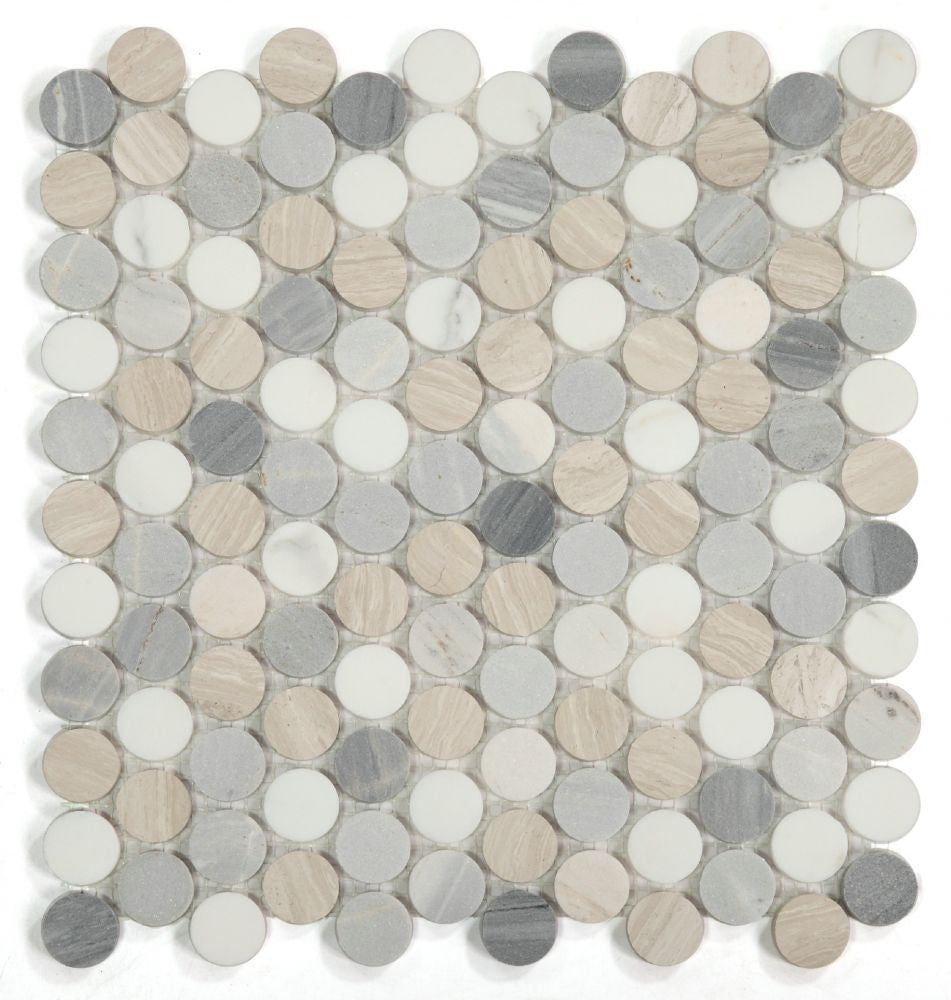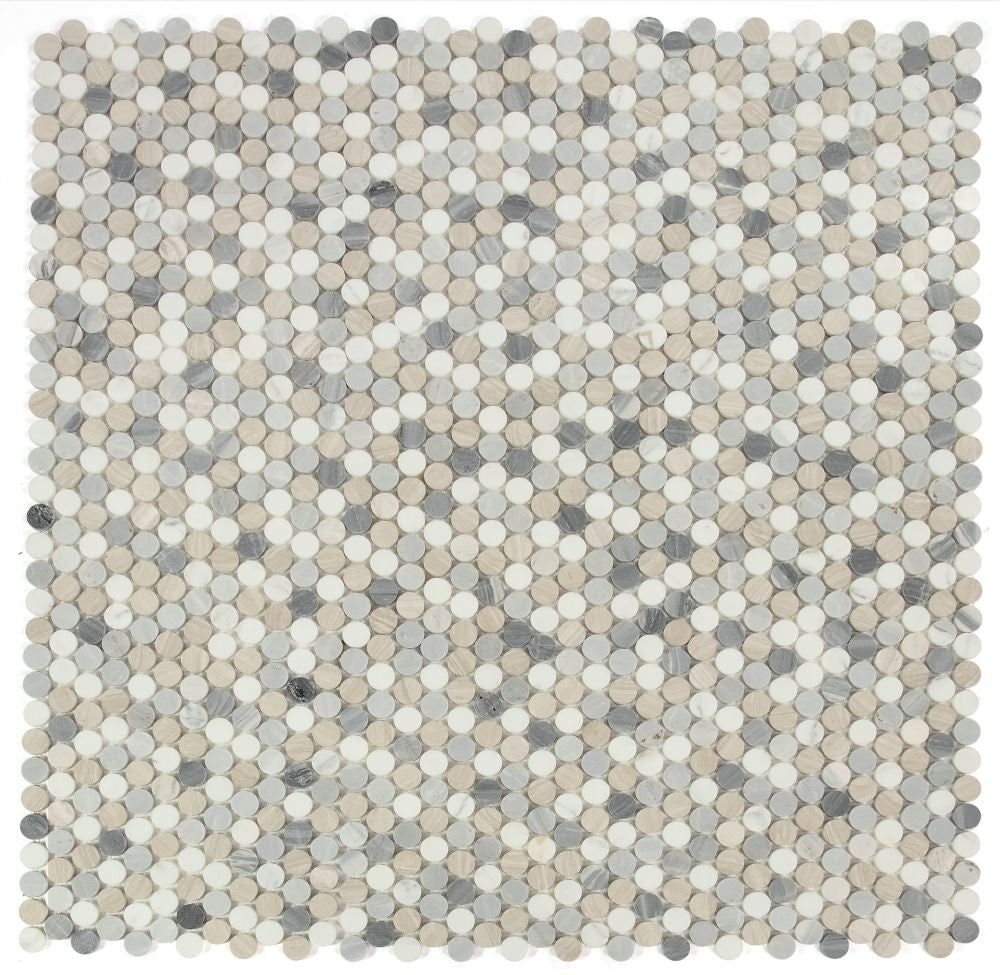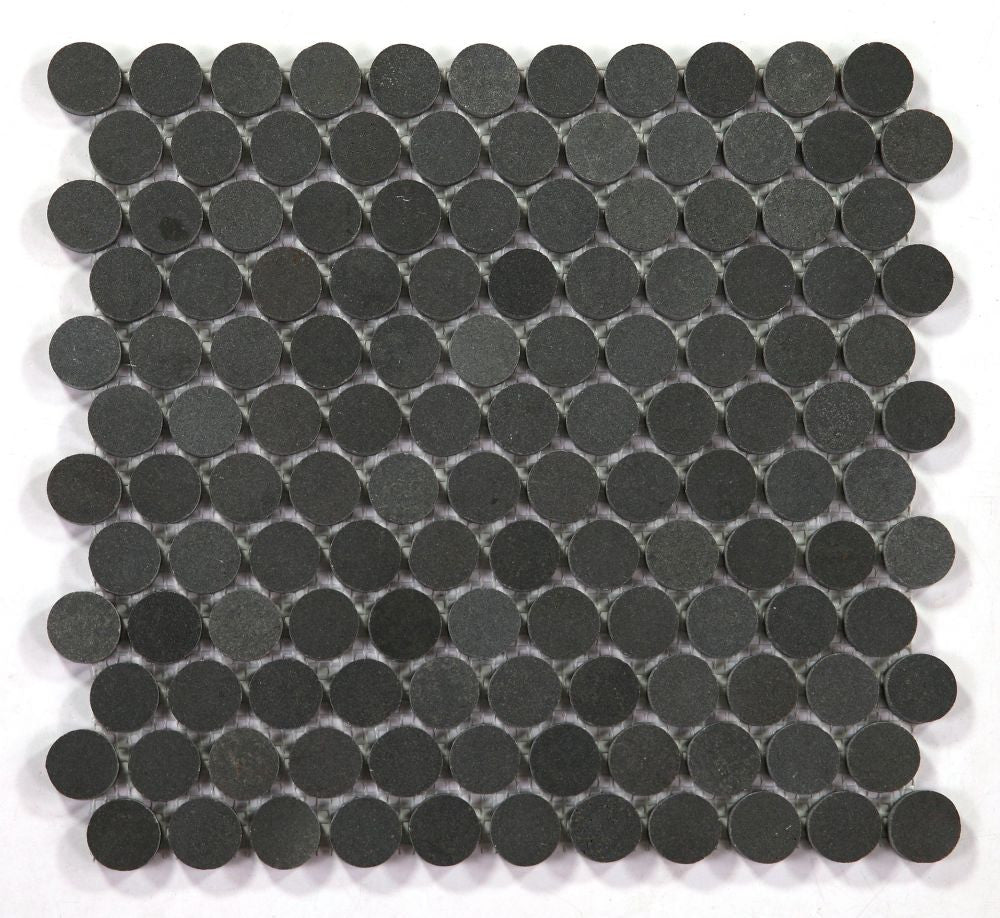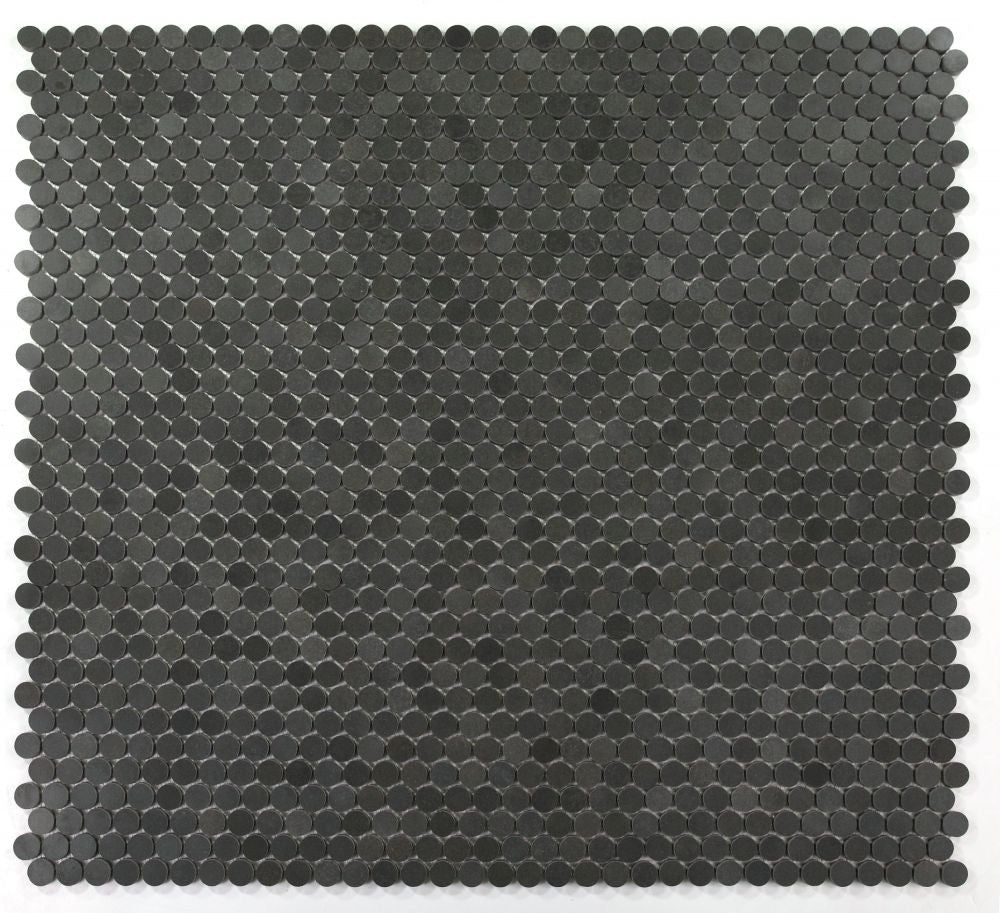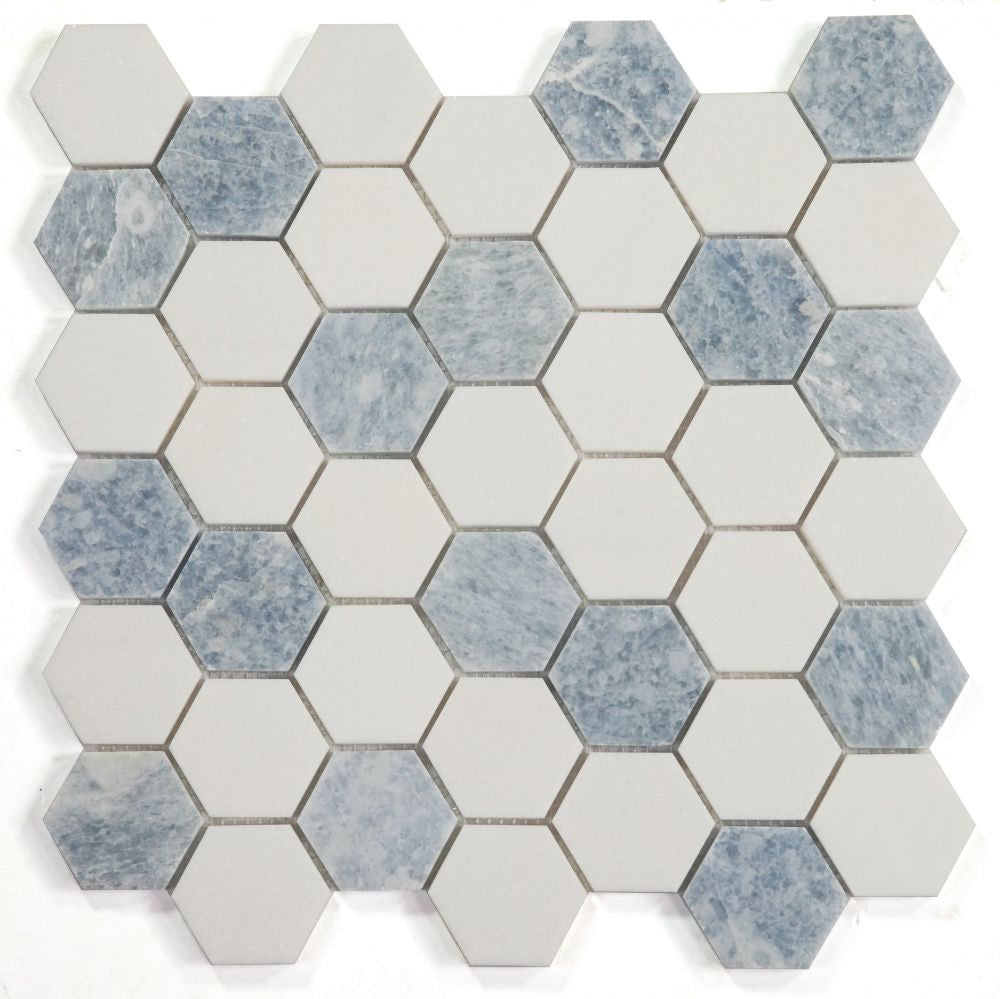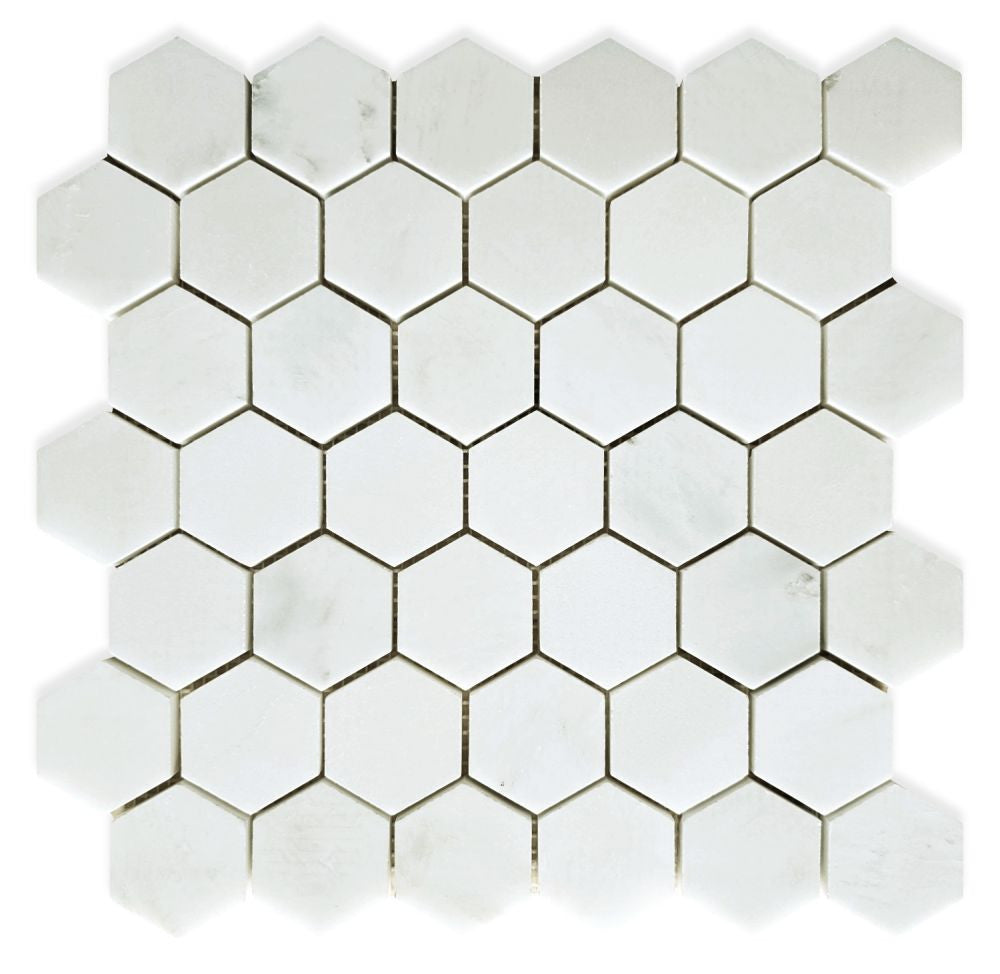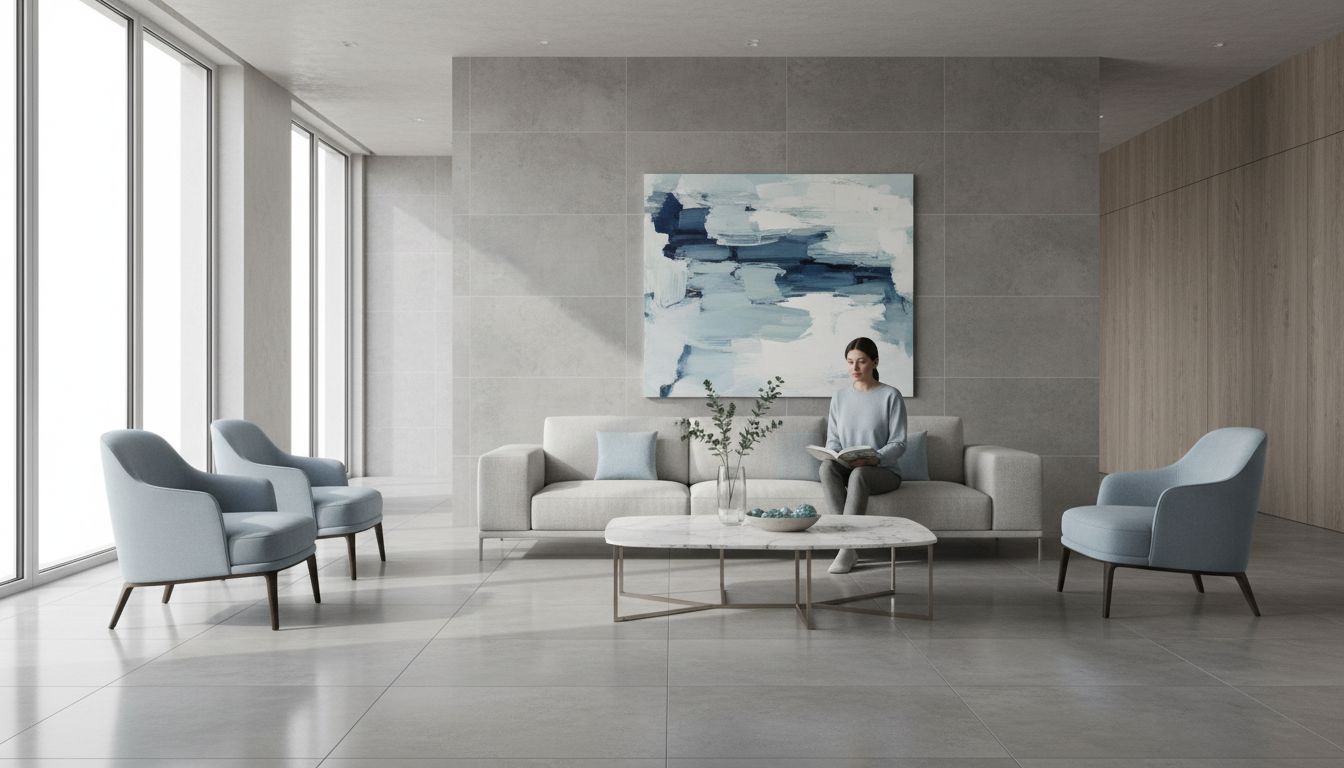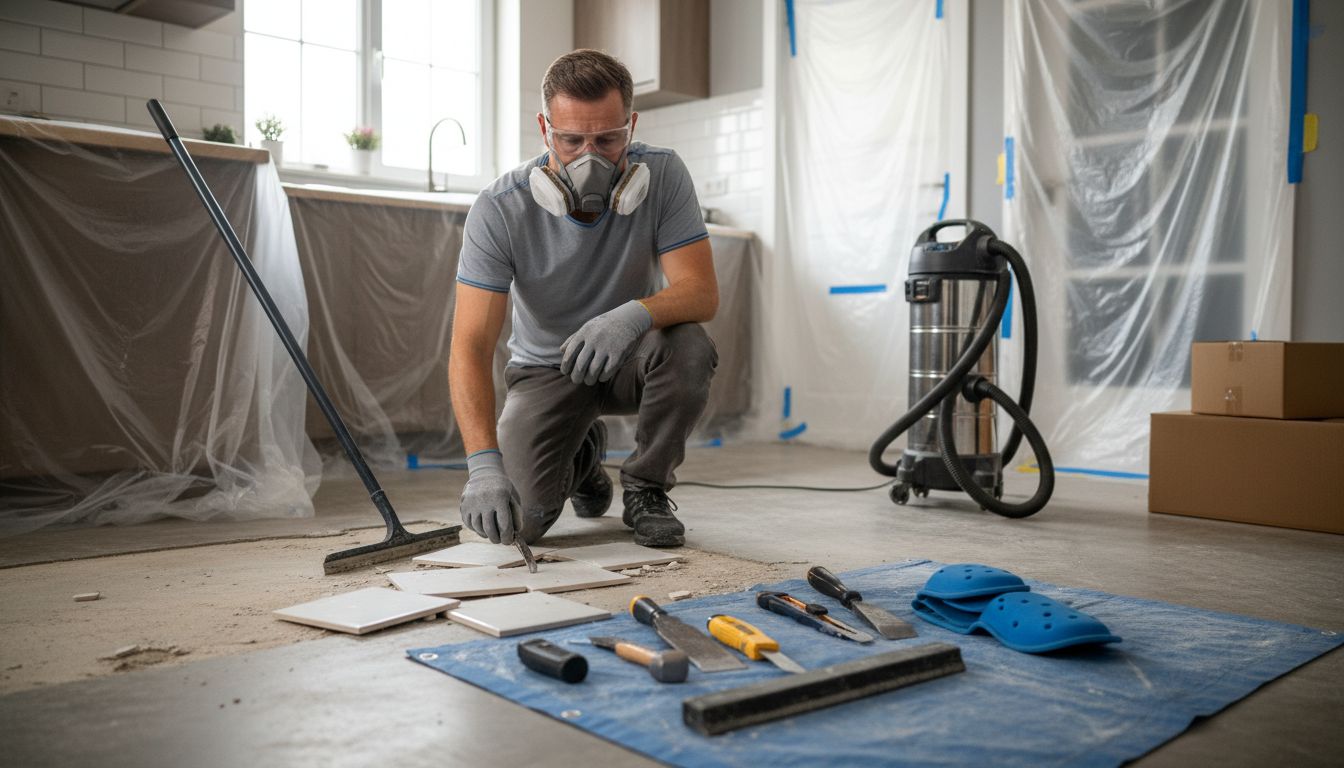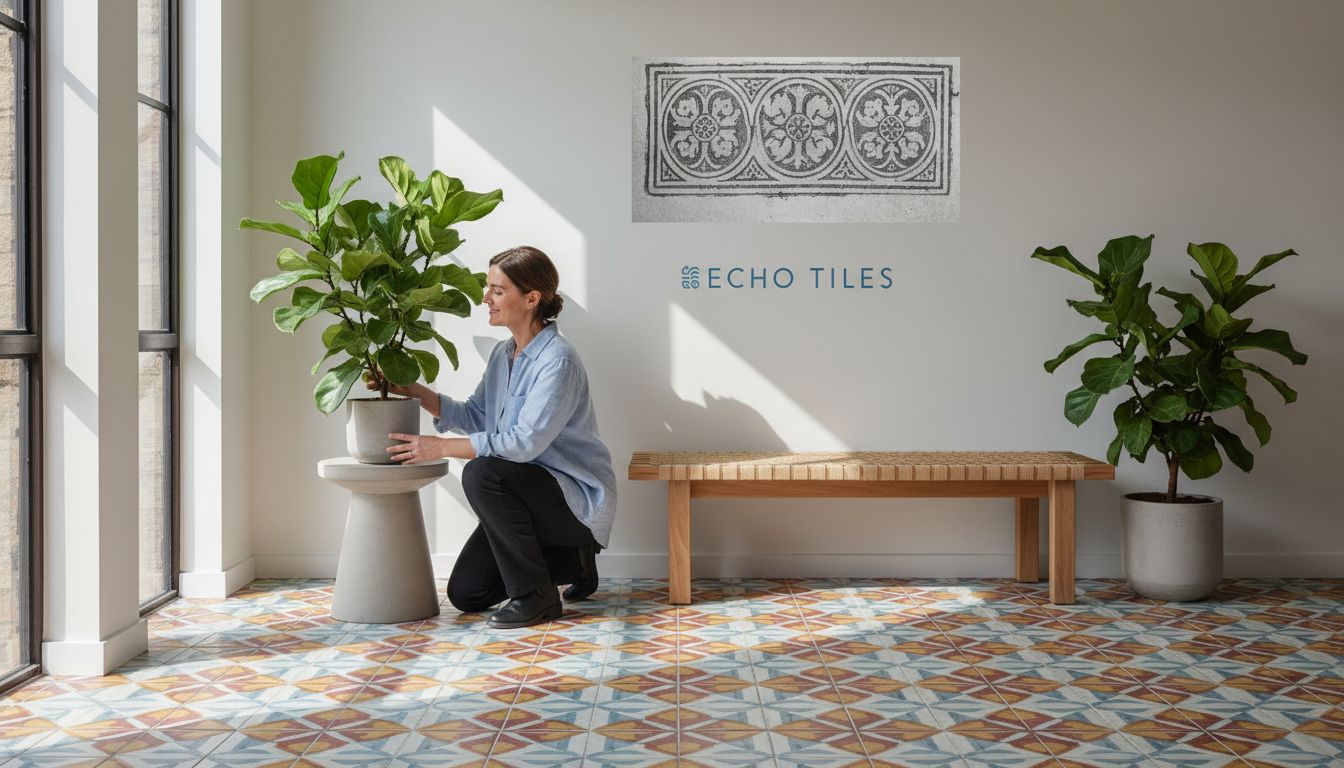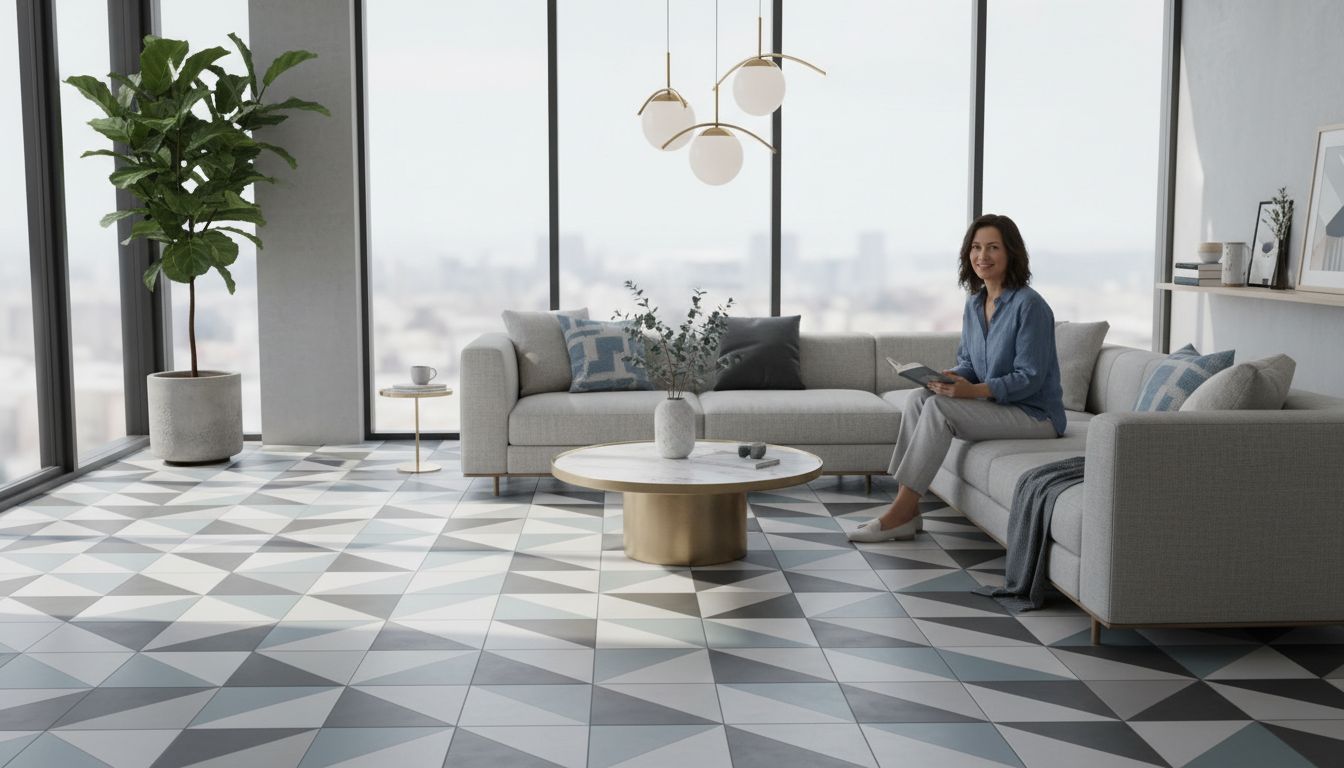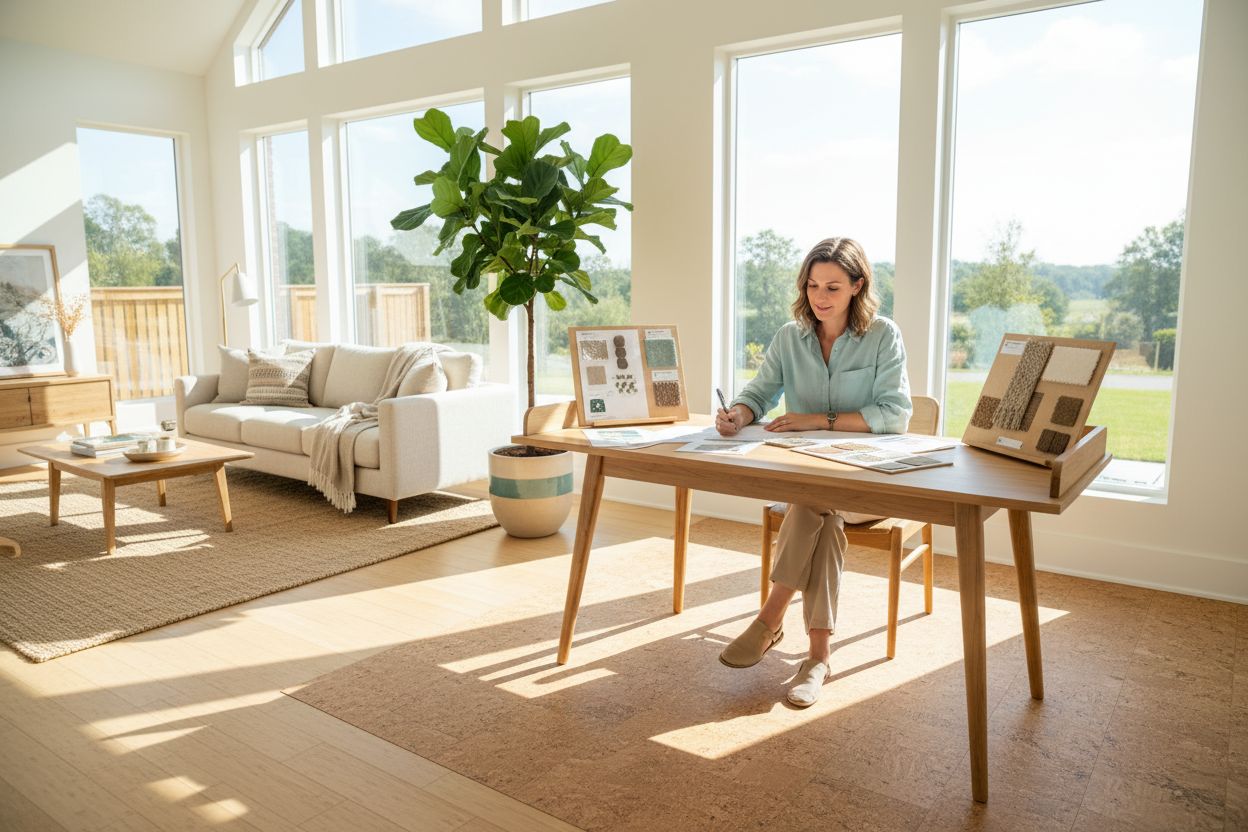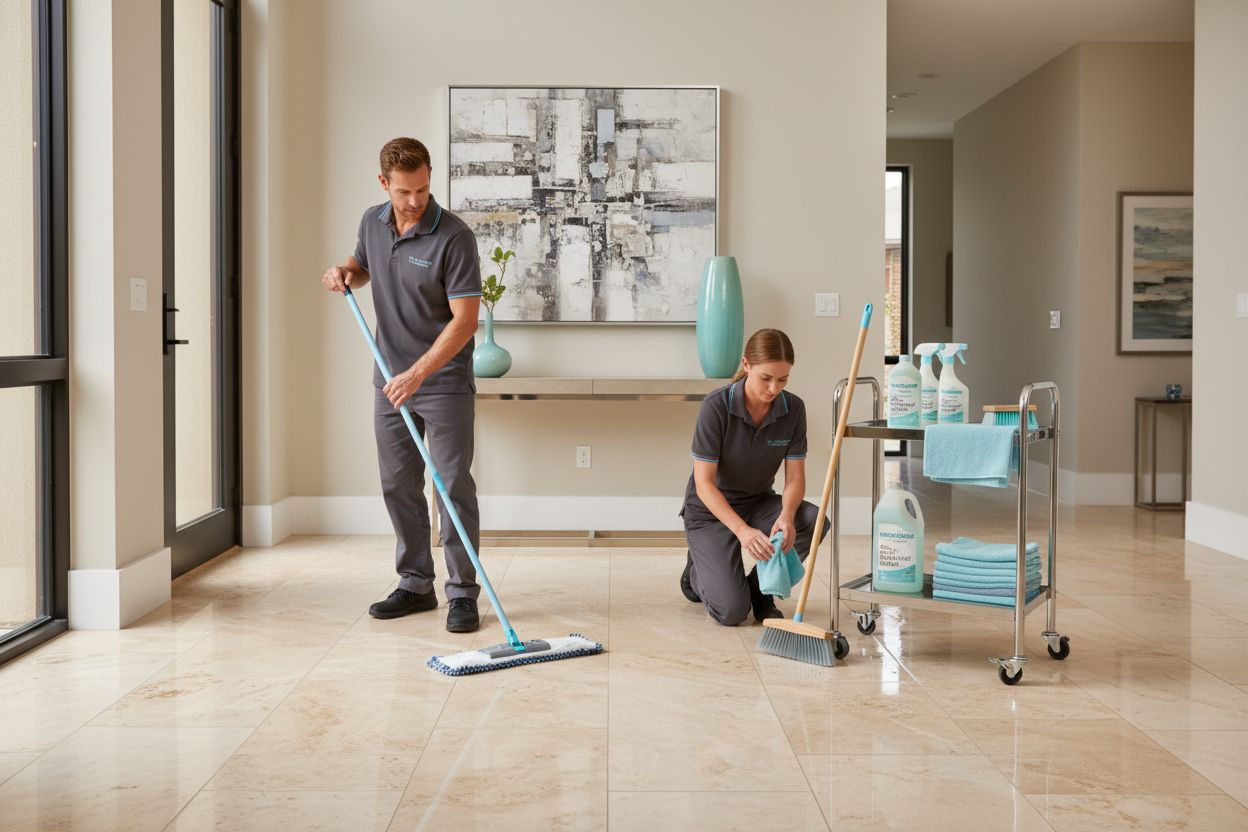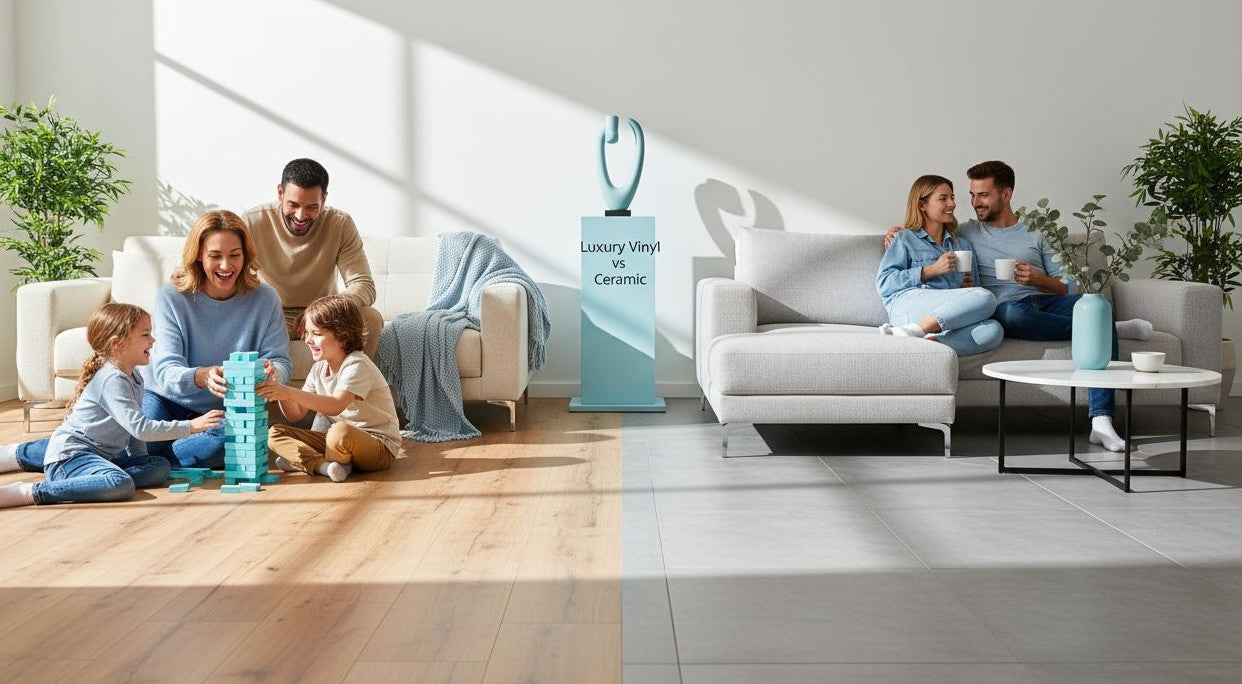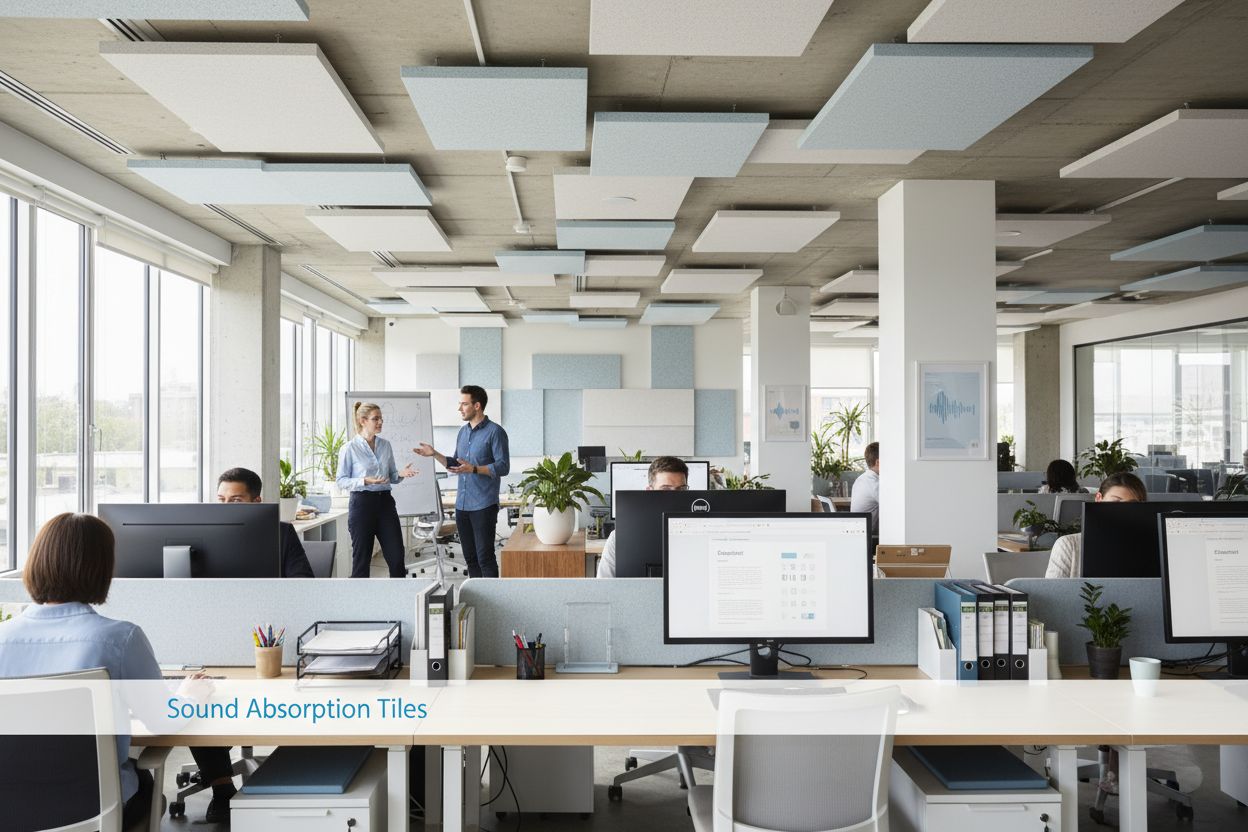Choosing between tile and hardwood floors seems simple. Most people just pick what looks good and move on. Yet hardwood floors can last for generations when cared for, making them one of the longest lasting investments in home design. That surprising bit flips the script on choosing flooring since the right surface could outlive almost everything else in your house.
Table of Contents
- What Are Tile And Hardwood Floors?
- Importance Of Choosing The Right Flooring
- Materials And Construction Differences
- Durability And Maintenance Considerations
- Aesthetic Appeal And Design Versatility
Quick Summary
| Takeaway | Explanation |
|---|---|
| Tile flooring is highly durable. | Tile offers exceptional resistance to moisture and wear, making it ideal for high-traffic and water-prone areas. |
| Hardwood floors add long-term value. | Aesthetically pleasing hardwood can last generations when properly maintained, contributing to property value. |
| Consider lifestyle needs in flooring choice. | Families with pets or children might need scratch-resistant, easy-to-clean options over purely aesthetic choices. |
| Evaluate installation and maintenance costs. | Homeowners should assess both initial costs and ongoing upkeep to understand the total financial impact of chosen flooring. |
| Tiles provide diverse design options. | Tile flooring allows for limitless patterns, colors, and textures, supporting unique and creative interior designs. |
What Are Tile and Hardwood Floors?
Homeowners and interior design enthusiasts have long debated the merits of tile flooring versus hardwood floors. Both materials represent distinct approaches to ground coverings that serve functional and aesthetic purposes in residential and commercial spaces.
Understanding Floor Materials
Tile and hardwood floors are fundamentally different materials with unique characteristics. Tiles are manufactured surfaces typically created from ceramic, porcelain, natural stone, or glass materials, while hardwood floors are crafted from solid wood planks harvested from various tree species. Explore different types of floor tiles to understand the vast range of options available.
Key differences between these flooring types include:
- Composition: Tiles are engineered materials, hardwood is a natural organic product
- Manufacturing: Tiles are kiln-fired or molded, hardwood is cut and processed from trees
- Origin: Tiles can be synthetic or natural stone, hardwood comes directly from forest sources
Performance and Durability Characteristics
Each flooring material offers distinct performance attributes. Tile floors excel in moisture resistance, durability, and temperature adaptability. They work exceptionally well in high-traffic areas, bathrooms, kitchens, and spaces with potential water exposure. Hardwood floors, conversely, provide warmth, natural beauty, and a timeless aesthetic that adds significant value to properties.
According to National Wood Flooring Association, hardwood floors can last generations when properly maintained, making them a long-term investment in home design. Their natural grain patterns and ability to be refinished multiple times distinguish them from other flooring options.
Understanding these fundamental differences helps homeowners make informed decisions about which flooring material best suits their specific needs, design preferences, and functional requirements.
The following table compares the key features, pros, and cons of tile flooring and hardwood flooring as discussed in the article to help you quickly evaluate their differences.
| Feature | Tile Flooring | Hardwood Flooring |
|---|---|---|
| Material Composition | Engineered (ceramic, porcelain, natural stone, glass) | Natural solid wood from various tree species |
| Durability | Highly durable, moisture and scratch resistant | Durable but susceptible to scratches and moisture |
| Maintenance | Low—easy to clean, minimal upkeep | Requires regular cleaning, refinishing, maintenance |
| Lifespan | Long-lasting with minimal wear, especially in wet/traffic areas | Can last generations with care, refinishable |
| Design Flexibility | Vast color, pattern, texture options | Natural grain/showcases wood species, limited patterns |
| Installation Complexity | Generally more complex, may require professional installation | Can be complex, varies by product and site |
| Cost Considerations | May include lower maintenance costs, variable install costs | Higher install and maintenance costs, high resale value |
Importance of Choosing the Right Flooring
Selecting the appropriate flooring is more than a design decision it represents a significant investment in your property’s functionality, aesthetic appeal, and long-term value. The right flooring choice impacts everything from daily comfort to potential resale opportunities.
Long-Term Financial Considerations
Flooring represents a substantial investment that directly influences property value and maintenance expenses. Homeowners must consider not just initial installation costs, but also long-term durability, replacement expenses, and maintenance requirements. Different flooring materials present varying economic implications. Learn more about porcelain wood plank alternatives that can provide cost-effective solutions for budget-conscious renovators.
Key financial factors to evaluate include:
- Initial installation expenses
- Maintenance and cleaning costs
- Potential replacement timelines
- Impact on property resale value
Functional Performance and Lifestyle Alignment
The ideal flooring solution must harmonize with your specific lifestyle demands. High-traffic areas require different materials compared to spaces with minimal use. According to American Society of Interior Designers, floor selection should balance aesthetic preferences with practical performance metrics such as durability, moisture resistance, and maintenance complexity.
Factors like household composition significantly influence flooring selection. Families with young children or pets might prioritize scratch-resistant and easy-to-clean surfaces, while design enthusiasts might emphasize visual appeal and unique textures.
Ultimately, choosing the right flooring transcends mere visual preferences. It represents a strategic decision that impacts daily living experiences, financial investments, and overall property functionality.
Materials and Construction Differences
Understanding the intricate materials and construction processes of tile and hardwood floors reveals critical insights into their performance, durability, and aesthetic characteristics. Each flooring type emerges from fundamentally different manufacturing approaches that significantly impact their final properties.
Tile Manufacturing and Composition
Tile flooring represents an engineered product created through precise manufacturing processes. Ceramic and porcelain tiles are crafted by mixing clay, minerals, and water, then subjecting these materials to extremely high temperatures in industrial kilns. Explore the nuances of tile finishes to appreciate the complexity of tile production.
Key tile manufacturing characteristics include:
- Precise temperature control during firing
- Complex mineral composition
- Multiple layering techniques
- Advanced pressing and molding technologies
Hardwood Flooring Construction
Hardwood floors represent a more organic approach to flooring, involving direct transformation of natural wood materials. Manufacturers select specific tree species, cut logs into planks, and process them through multiple stages of drying, sanding, and finishing. According to the US Forest Products Laboratory, hardwood selection involves careful evaluation of wood density, grain patterns, and structural integrity.
The construction process for hardwood floors involves sophisticated techniques like kiln drying, which reduces moisture content and prevents future warping. Each plank undergoes precise milling to ensure uniform thickness, smooth edges, and consistent structural performance.
While tile manufacturing allows for extraordinary design flexibility through synthetic materials, hardwood construction celebrates natural variations in wood grain, color, and texture. This fundamental difference means tile offers more predictable uniformity, whereas hardwood provides unique, organic aesthetic variations.
Durability and Maintenance Considerations
Durability and maintenance represent critical factors when selecting between tile and hardwood flooring. Homeowners must carefully evaluate each material’s performance characteristics, long-term resilience, and required upkeep to make an informed decision that aligns with their lifestyle and maintenance capabilities.
Tile Flooring Durability Characteristics
Tile flooring stands out as an exceptionally durable and low-maintenance option for residential and commercial spaces. Ceramic and porcelain tiles offer remarkable resistance to wear, moisture, and heavy foot traffic. These materials can withstand significant environmental challenges without compromising their structural integrity or aesthetic appeal.
Key durability advantages of tile include:
- High resistance to scratches and impacts
- Minimal maintenance requirements
- Exceptional moisture and humidity tolerance
- Long-lasting performance in high-traffic areas
Hardwood Floor Maintenance Dynamics
Hardwood floors require more nuanced maintenance strategies to preserve their beauty and structural integrity. According to the National Park Service, hardwood flooring demands regular care to prevent deterioration and maintain its natural aesthetic.
Maintenance for hardwood floors involves several critical considerations:
- Regular cleaning and dust removal
- Periodic refinishing to restore surface quality
- Careful management of moisture exposure
- Protective measures against scratches and impacts
While hardwood floors offer timeless beauty and can be refinished multiple times, they are more susceptible to environmental factors like humidity, temperature fluctuations, and direct moisture exposure.
![]() Tile flooring, by contrast, provides a more resilient and low-maintenance alternative that maintains its appearance with minimal intervention.
Tile flooring, by contrast, provides a more resilient and low-maintenance alternative that maintains its appearance with minimal intervention.
This table summarizes the main durability and maintenance factors for both tile and hardwood flooring, making it easy to compare ongoing care requirements for each material.
| Aspect | Tile Flooring | Hardwood Flooring |
|---|---|---|
| Scratch Resistance | High | Moderate to Low |
| Moisture Tolerance | Excellent (suitable for wet areas) | Poor (prone to warping and damage) |
| Maintenance | Low (basic cleaning usually sufficient) | Moderate to High (cleaning, refinishing, repairs) |
| Repair/Refinish Options | Individual tile replacement | Can be refinished multiple times |
| Lifespan | Long in most settings | Very long if properly maintained |
| Susceptibility to Stains | Low | Moderate |

Aesthetic Appeal and Design Versatility
Aesthetic considerations play a pivotal role in flooring selection, with tile and hardwood offering distinct visual narratives that transform interior spaces. Each material brings unique design potential, enabling homeowners to craft environments that reflect personal style and architectural vision.
Tile Flooring Design Flexibility
Tile flooring emerges as an unparalleled canvas for creative expression, offering extraordinary design versatility through countless color, pattern, and texture combinations. Explore vintage tile pattern inspirations to understand the remarkable design range possible with tile.
Tile design capabilities include:
- Unlimited color palette options
- Intricate geometric and mosaic patterns
- Ability to mimic natural stone, wood, and abstract designs
- Potential for custom artistic installations
Hardwood Flooring Aesthetic Characteristics
Hardwood floors represent a more organic aesthetic approach, celebrating natural wood grain variations and warm tonal qualities. According to the Interior Designers Institute, hardwood provides timeless elegance that connects interior spaces with natural elements.
Hardwood aesthetic strengths encompass:
- Rich, natural color variations
- Unique grain pattern expressions
- Ability to complement multiple design styles
- Potential for refinishing and color transformation
While tiles offer precise, engineered design control, hardwood floors provide a more nuanced, evolving aesthetic that develops character over time. The choice between these materials ultimately depends on individual design preferences, spatial requirements, and the desired emotional atmosphere of the environment.
Transform Your Flooring Decision Into Lasting Confidence
Choosing between tile and hardwood floors can feel overwhelming, especially when you want durability, easy maintenance, and true design freedom. As the article highlights, balancing practical needs like moisture resistance and minimal upkeep with aesthetic preferences often creates real stress for homeowners and designers. The right choice not only shapes your space but impacts daily living and long-term investment.

At TileChoices.com, you can explore a curated range of tile solutions that address the toughest pain points from the article. Discover different types of floor tiles designed for high-traffic areas or rooms that need extra moisture protection. Browse inspiration on matte vs glossy finishes to help match any personal style without giving up performance. Whether you need samples for a kitchen or want peace of mind with knowledgeable support, visit TileChoices.com today and find the perfect tile to fit your exact needs—your floor transformation starts now.
Frequently Asked Questions
What are the main differences between tile and hardwood flooring?
Tile flooring is typically made from ceramic, porcelain, or natural stone, while hardwood flooring is crafted from solid wood planks. Tiles are manufactured materials, offering durability and moisture resistance, whereas hardwood provides natural beauty and warmth.
How do the durability and maintenance requirements of tile compare to hardwood?
Tile is highly durable, resistant to scratches, moisture, and is low-maintenance. Hardwood requires regular cleaning, refinishing, and is more susceptible to moisture and environmental factors.
Which flooring option is better for high-traffic areas, tile or hardwood?
Tile is generally preferred for high-traffic areas due to its exceptional durability and resistance to wear. It performs well in spaces with high foot traffic, making it ideal for entryways, kitchens, and bathrooms.
Can hardwood floors be refinished, and how often should this be done?
Yes, hardwood floors can be refinished multiple times to restore their beauty. Depending on usage, refinishing is typically recommended every 5 to 10 years to maintain their quality and appearance.

